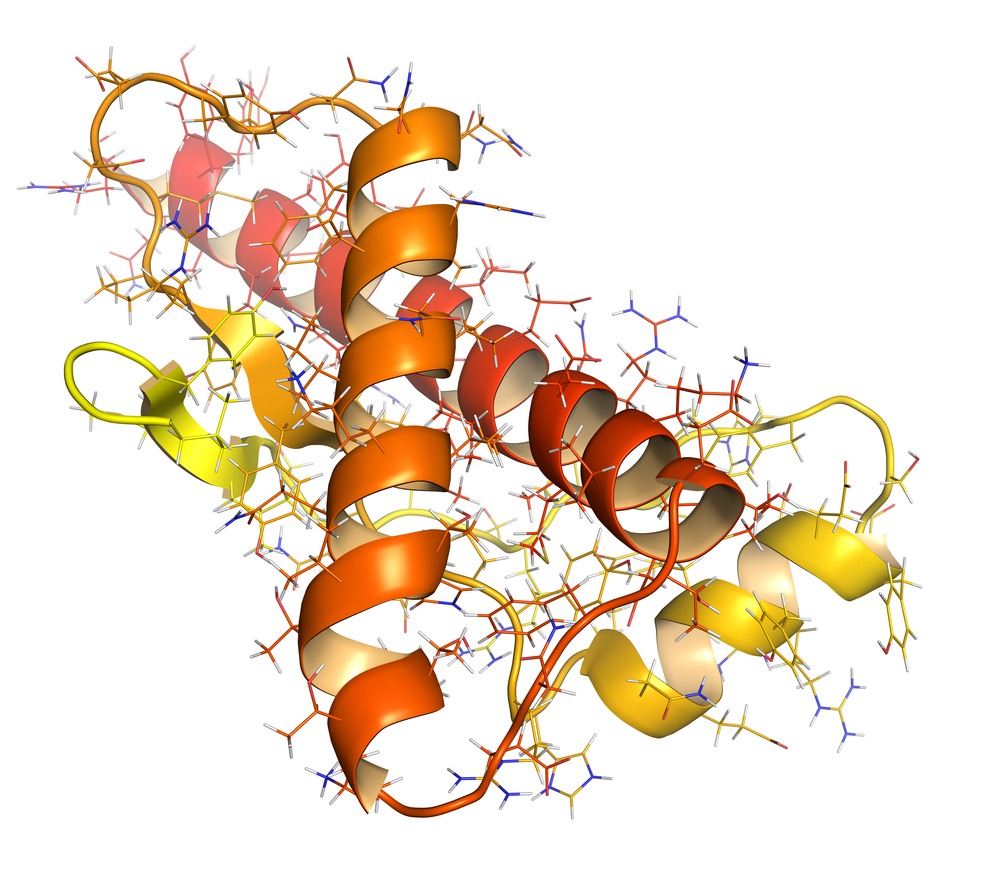Activin A Responsible To Protect Against Nerve Cell Death, According to Study

In a recent study published in Cell Reports entitled “BDNF Reduces Toxic Extrasynaptic NMDA Receptor Signaling via Synaptic NMDA Receptors and Nuclear Calcium-induced Transcription of inhba/Activin A“, published in Cell Reports, researchers from Heidelberg University’s Interdisciplinary Center for Neurosciences found that activated neurons produce a molecule, activin A, which protects against nerve cell death.
Neurodegenerative disorders imply a gradual loss of structure/function of neurons which as the disease progresses leads to death of nerve cells. There are a number of illnesses known to be caused by neurodegenerative processes such as Parkinson’s, Alzheimer’s, amyotrophic lateral sclerosis and Huntington’s disease. Patients with neurodegenerative diseases may experience various symptoms like severe memory loss in Alzheimer’s and movement disorder in Parkinson’s disease.
As science advances, researchers realize that these conditions have several similarities that relate one to another at the sub-cellular level and elucidation of these similarities will open doors for new therapies. Although the causes of the neurodegeneration processes are not yet fully understood and the mechanism is still debated, many factors have been pointed out to contribute towards this phenomenon. This includes genetic mutations, aggregation of proteins, accumulation of intracellular toxic proteins, membrane damage, mitochondrial dysfunction and axonal transport.
In this study, researchers reported new insights into the mechanisms of the neurodegeneration process by identifying activin A, a protein which plays a key role in protection against neurodegeneration. It is worth noting that activin A is produced in the nervous system thanks to neuronal activity and well known for its role in various biochemical processes like menstruation cycle and scarring.
The team performed in vitro experiments using mice cultured cells, observing that if the glutamate receptor and ion channel protein were not located at the precise location of neuronal junctions, no neurodegeneration protection of nerve cells will occur. Instead, it will lead to neuronal damage and death. The results also suggested that damaged brain cells due to excessive stimulation by neurotransmitters, like glutamate, could be eliminated through brain activity. Importantly, activin A was found to be the responsible for this activation process.
This study shows that activin A significantly reduces brain damage due to neurodegeneration, an information that could be very promising for future therapies of neurodegenerative disorders, since activin A could be produced to treat cases of Alzheimer’s or Huntington’s diseases.






